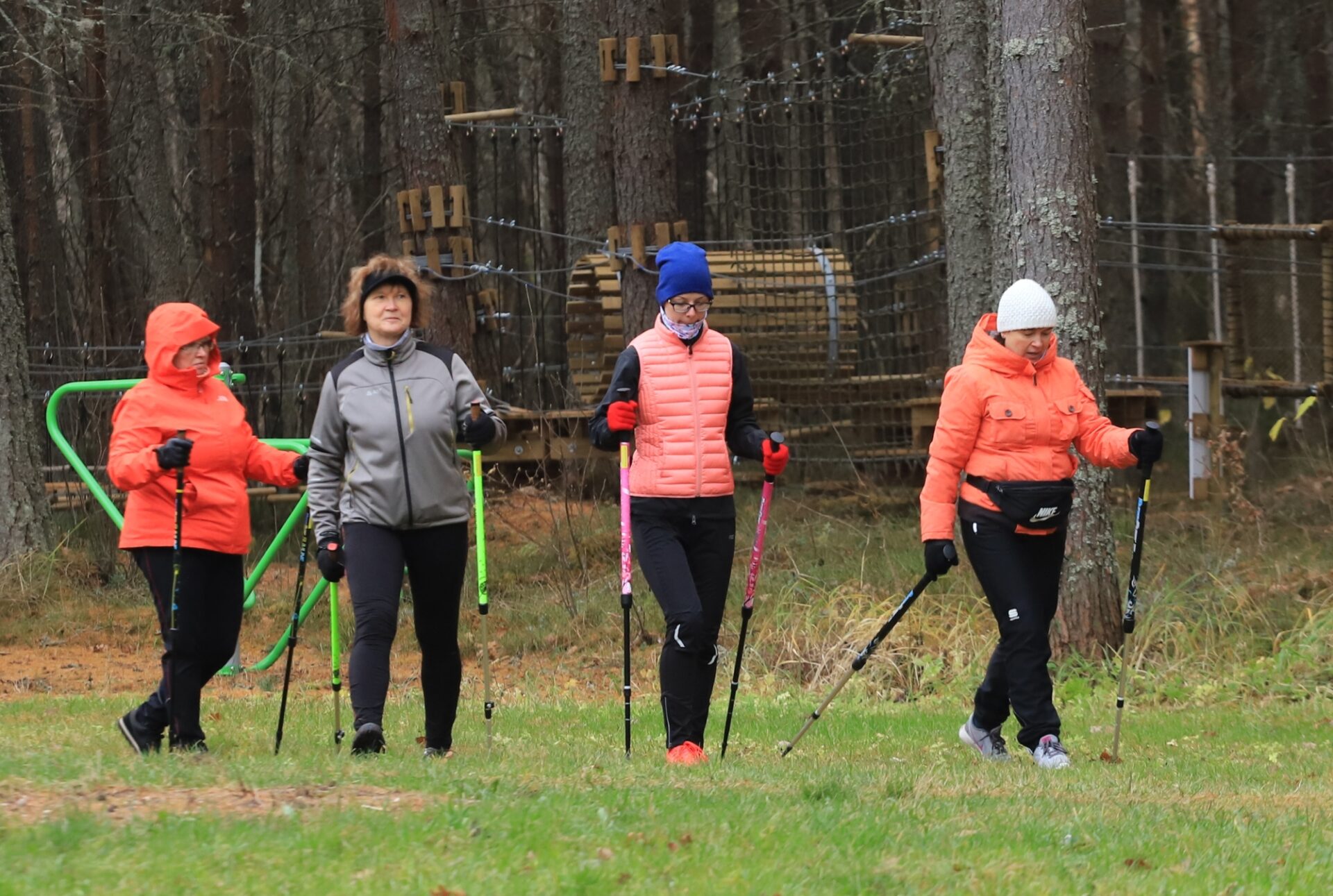
It is often thought that forming a new habit is something difficult: to begin with, you have to find time, and we all lack that nowadays. In fact, forming a conscious movement habit is surprisingly easy with the right approach!
According to Aave Hannus, a sports and performance psychology lecturer at the Institute of Psychology at the University of Tartu, about half of our daily activities are those that take place as if on autopilot. “We don’t have to be aware of them, we don’t have to muster the willpower for these activities. In fact, such activities are habits. And if you still don’t have such semi-automatic movement habits in your life, you can actually develop them in exactly the same way as brushing your teeth or getting dressed – it doesn’t require much willpower,” confirms Hannus.
Although many people tend to invest in a total lifestyle change, according to Hannus, it would be best to start much simpler and add 10-minute exercise activities to each day, which will then gradually become a habit. “Actually, there is no obstacle why you can’t form your own movement habits. So what is so special about movement habits? First, it takes quite a lot of time. Another characteristic thing is that during movement activities, we have to go out of our resting state or comfort zone, and this creates such sensations and feelings, which may not always be the most pleasant. And the third fact is that movement activities are complex. The movement activities are long sequences and it requires a bit more thought,” he knows.
Half fall in half a year
The fact is that half of the people who start playing sports drop out within half a year. “If you follow these three tips for forming a habit and include either a 15-minute run or 50 sit-ups before dinner in your daily routine, it will take 18 days to 9 months for such a habit to become semi-automatic. After three months, half of the people still don’t realize that this movement habit has strongly developed into such a habit, that is, it all takes time,” explains Hannus.
“Getting into the habit of moving takes about one and a half times longer than, for example, getting into the habit of eating fruit or getting into the habit of drinking water. The good news is that missing a few days won’t have much of an impact on the habit. On average, you need to repeat an activity about 66 times before it starts to become a habit – so be patient and don’t throw the gun in the bush,” he advises.
In Japan, people over the age of 65 were studied and it was found that those who moved with other people had more health benefits compared to those who moved alone. Regardless of how much people moved. “Think about where you could find people with whom it would be nice to move. Who would encourage, inspire, who would help to cope with boredom, who would help to keep the mood up.”
Rewarding helps to reach the goal
According to Hannus, self-rewarding also helps to form the habit of moving. “People assume that feeling good after exercise is a reward in itself. I feel good after exercise. In fact, this is often not the case. Although we feel good after exercise, most people feel comparatively uncomfortable during exercise. This is a braking mechanism given to us by nature. So that we don’t fuss too much, don’t spend energy, we start to feel uncomfortable when we start moving at a relatively fast pace,” he says.
Nature has not taken into account that the balance can also be out of place. “Nowadays, people get a lot of rest. For example, driving a car or pushing snow with a tractor. We are in a situation where a pandemic of insufficient physical activity was declared in 2012 – long before the expression became familiar to us.”
Don’t forget to praise yourself
The primitive mechanism of energy conservation has become an obstacle for us today. We ourselves have to be smart and see how we can make exercise enjoyable for ourselves, how we can reward ourselves. “People often don’t like the idea of rewarding, it seems somehow strange that in what sense I reward myself. But look at volleyball players, for example. If they play well, they still encourage and recognize each other: good job, well done! Likewise, we can encourage, encourage, and praise ourselves. Because the brain doesn’t really care if someone else praises us or we praise ourselves. For example, for taking the stairs instead of the elevator. Or for parking the car a kilometer before getting to work and walking the last kilometer. Or for that, I’ll do 50 push-ups before dinner.”
“We can praise ourselves and inculcate movement habits through it. This rewarding, the fact that we feel comfortable, is one of the key mechanisms of habit formation. We praise ourselves for these small activities that do not cause us discomfort in themselves, then we can contribute very, very much to the establishment of such habits,” suggests Hannus.